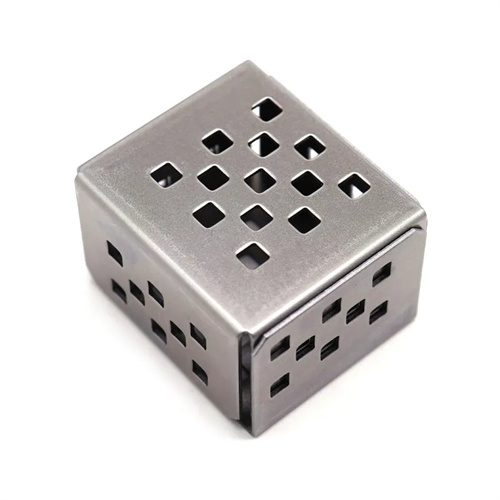Extruded zinc-nickel copper rod
Extruded white copper rod is an alloy primarily composed of copper, nickel, and zinc, produced through a hot extrusion process. Its excellent corrosion resistance, silvery-white appearance, and good processability make it widely used in instrumentation, medical equipment, decoration, electronics, and other fields. Its diameter typically ranges from 5 to 150 mm and its length ranges from 3 to 6 meters. Common grades include BZn15-20 (containing 13%-16% nickel, 18%-23% zinc, and the remainder copper). The addition of nickel imparts excellent corrosion resistance and a silvery-white color, while zinc reduces costs and improves processability.
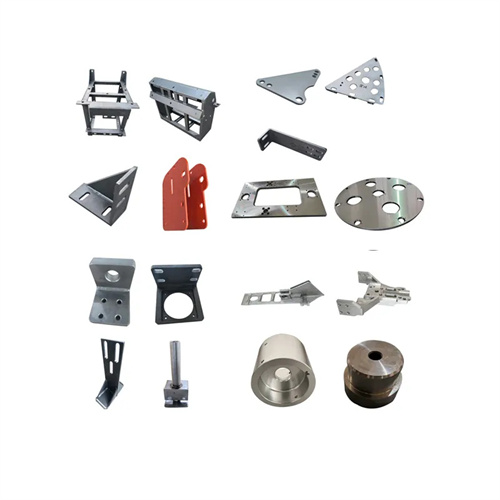
The production process for extruded zinc-nickel silver rods requires precision steps, including alloy smelting, ingot casting, homogenization, extrusion, heat treatment, and finishing. First, electrolytic copper (purity ≥99.95%), nickel plate (purity ≥99.5%), and zinc ingot (purity ≥99.9%) are smelted in a medium-frequency induction furnace at a proportional temperature of 1150-1250°C. An inert gas atmosphere is used to prevent oxidation, and electromagnetic stirring is used to ensure uniform composition. The nickel content tolerance is ≤±0.5%, and the zinc content tolerance is ≤±1%. A semi-continuous casting process is used to produce round ingots with a diameter of 100-250 mm. The cooling rate is controlled at 40-70°C/minute to avoid porosity and composition segregation. The ingots are then cleaned and descaled. Homogenization is performed in a box furnace at 800-850°C for 6-8 hours to ensure full diffusion of the nickel and zinc elements and eliminate casting stress. During the extrusion process, the ingot is heated to 750-850°C and extruded into bars using a horizontal extruder with an extrusion ratio of 10-20 and an extrusion speed of 2-6 m/min. The die is constructed from high-strength, heat-resistant steel to ensure bar dimensional accuracy, with a diameter tolerance of ≤±0.3 mm. Heat treatment involves solution treatment, cold rolling, and aging at a solution temperature of 900-950°C. After water quenching, the bars are then cold rolled and finally aged at 300-350°C to enhance strength and hardness. Finally, straightening (straightness ≤1 mm/m), polishing, and non-destructive testing are performed to ensure the bars have a bright surface and are free of internal defects.
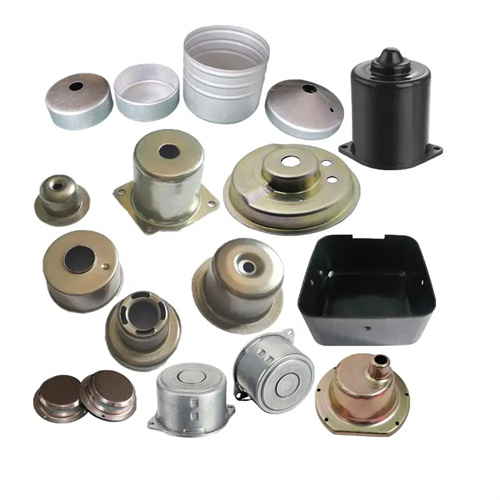
The performance advantages of extruded white copper rods give them unique competitive advantages in multiple fields. First, they offer excellent corrosion resistance. BZn15-20 white copper rods exhibit a corrosion rate of ≤0.005mm/year in environments such as seawater, air, and sweat, and can withstand salt spray for over 1000 hours, far surpassing ordinary brass and pure copper, making them suitable for products that come into contact with the human body or are used outdoors. Second, their attractive silvery-white appearance, polished to a mirror-like finish, is resistant to tarnishing, making them an ideal substitute for precious metals. Third, they offer excellent mechanical properties, with a tensile strength of ≥400MPa, a yield strength of ≥180MPa, and an elongation of ≥25%. They withstand bending, stamping, and other processes, making them suitable for the manufacture of complex parts. Fourth, they offer excellent processability, enabling machining through turning, milling, and wire drawing, with processing efficiency 30% higher than stainless steel. They are also amenable to surface treatments such as electroplating and welding. Fifth, their excellent elasticity and wear resistance make them suitable for the manufacture of elastic components such as springs and contact plates, ensuring a long service life.
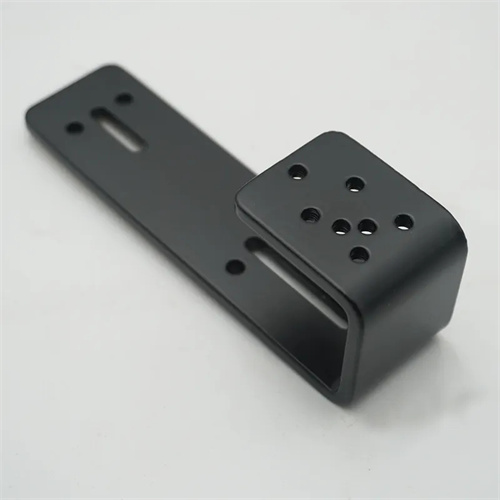
Extruded copper-nickel alloy rods are a key material for high-end decorative and precision components. In the instrumentation industry, pressure gauges and thermometers use BZn15-20 copper-nickel alloy rods with a diameter of 5-15 mm, leveraging their silvery-white appearance and precision to ensure clear readings. In the medical device industry, surgical scalpel handles and other instrument accessories utilize copper-nickel alloy rods with a diameter of 10-30 mm, which are resistant to disinfectant corrosion and harmless to the human body. In the decorative field, jewelry and watch cases utilize small-diameter copper-nickel alloy rods (5-20 mm), crafted through casting and polishing to resemble silver. In the electronics field, connectors and terminals utilize copper-nickel alloy rods with a diameter of 3-10 mm, balancing conductivity and corrosion resistance. In eyewear manufacturing, spectacle frames utilize copper-nickel alloy rods with a diameter of 2-8 mm, formed through bending for both aesthetics and flexibility.
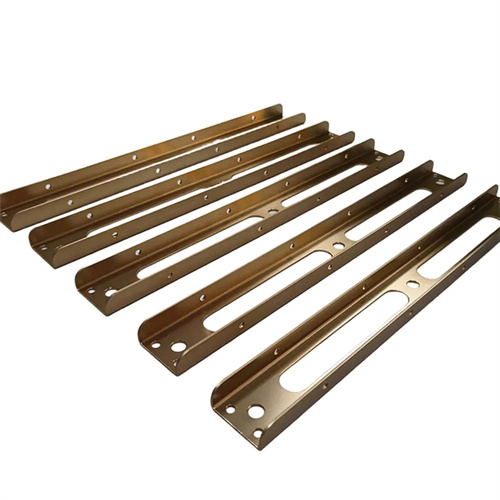
Industry trends indicate that extruded copper-nickel alloy rods are moving toward high corrosion resistance, low nickel content, and functionalization. High-corrosion-resistant copper-nickel alloy rods utilize trace amounts of chromium and titanium to enhance salt spray resistance to over 1,500 hours, making them suitable for harsher corrosive environments. Low-nickel copper-nickel alloy rods (nickel content 8%-12%) optimize the zinc-copper ratio, maintaining excellent performance while reducing costs, with a 20%-30% reduction in nickel content. Functionalized copper-nickel alloy rods, such as antimicrobial copper-nickel alloy rods, incorporate antimicrobial elements to achieve an antibacterial rate of ≥99% against Escherichia coli and Staphylococcus aureus, making them suitable for medical and food contact applications. Furthermore, the promotion of intelligent production technology, employing online component analysis and surface quality testing, ensures product consistency. The development of a circular economy model has increased the recycling rate of copper-nickel alloy scrap to over 90%, reducing resource consumption. In the future, as demand for product appearance and performance increases, the application scope of extruded copper-nickel alloy rods will continue to expand, driving the industry to achieve greater progress in material innovation and process optimization.
